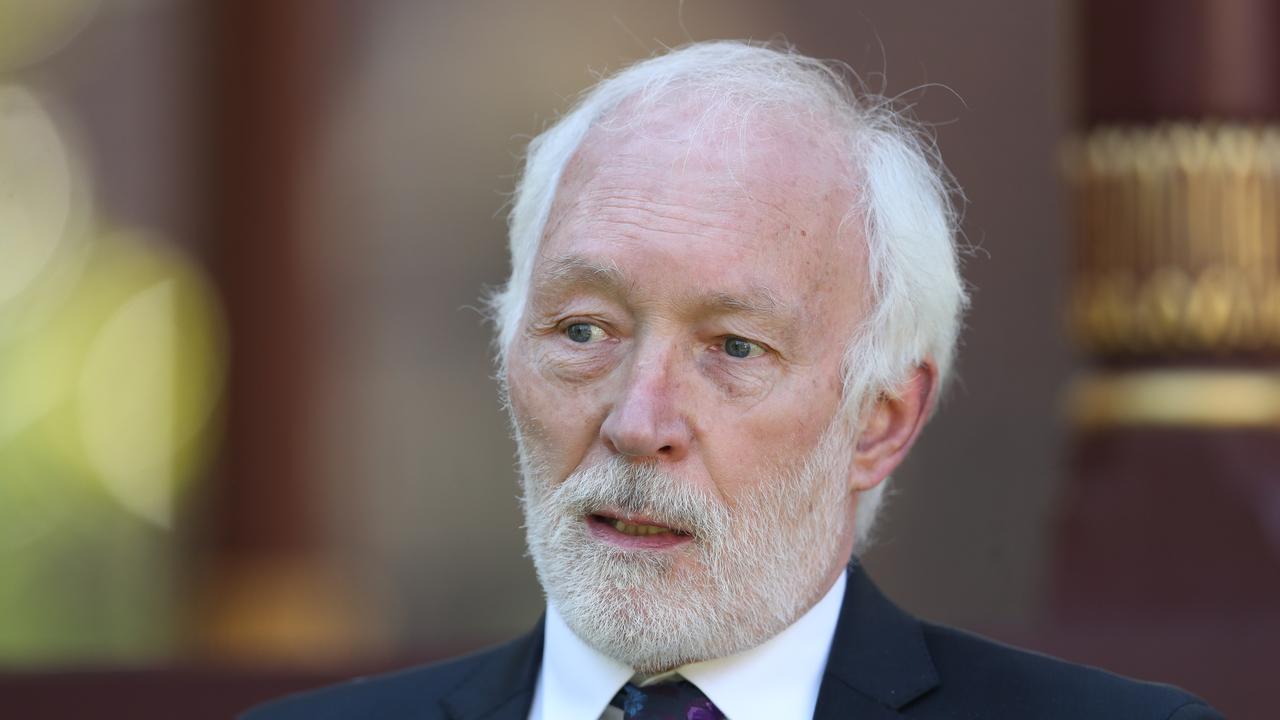Rising private health fees force out customers
Private hospital coverage has fallen to its lowest level since 2009, a shift expected to add pressure on public hospitals.

Private hospital coverage has fallen to its lowest level since 2009 and those who remain insured are more likely to have exclusions on their policies, a shift expected to add pressure on public hospitals.
The unprecedented surge in members taking out exclusions to save on premiums has raised the possibility that they, too, may be forced to go public for treatment.
While Health Minister Greg Hunt has sought to contain premium increases, and improve transparency, coverage has fallen every quarter since mid-2015. Meanwhile, there have been more admissions to public hospitals than private ones.
There is no evidence of an attributable blowout in public hospital waiting lists but governments are alert to the consequences of the system becoming more reliant on taxpayer funding.
Australian Prudential Regulation Authority data shows the proportion of the population with hospital cover fell from 45.1 per cent to 44.9 per cent in the September quarter. Coverage has not been that low since mid-2009.
Mr Hunt did not address the data directly but his spokeswoman said: “Our private health insurance reforms are making policies simpler and more affordable.”
The average 2018 premium rise was 3.95 per cent, the lowest in 17 years, and the government is aiming for similar next year.

Rising premiums have been blamed not only for insurance policy cancellations — 5256 last quarter — but also members adding exclusions, restrictions and excess payments to their policies. Seasonally, these changes are expected at the start of every financial year, but the drop in non-exclusionary products last quarter was the biggest on record.
The proportion of non-exclusionary policies fell from 56 per cent to 44 per cent in months, while the proportion without an excess or co-payment remained low at 16 per cent.
Australian Private Hospitals Association chief executive Michael Roff warned that members were being encouraged to take out low-value, high exclusion products to keep their premiums low “but may not be aware this also reduces their access to care when they need it”.
From next April, the government will allow higher excess levels and new policy categories in an attempt to stabilise the sector.
Internal government documents have warned that the exodus “may signal the start of a decline in coverage similar to that seen in the 1990s when hospital insurance dropped from 45 per cent to 30 per cent of the population over the decade”.
Rising premiums were exacerbated by younger Australians growing up with Medicare and regarding insurance “as a supplement rather than a necessity”.
The average age of a member with hospital cover has risen to 41.7. The largest net decrease in membership in the September quarter was for those aged in their mid- to late-20s, even though there are penalties for people joining a health fund after turning 30.
Rachel David, from insurance lobby Private Healthcare Australia, yesterday said the only way to cut premiums was “to address wasteful input costs — fraud, over-servicing, inflated prices for medical devices, low-value care”.
Opposition health spokeswoman Catherine King accused insurers of profiteering. “These figures show yet again why Labor’s plan to improve affordability — by capping premiums and ordering a major review of the industry — is needed,” she said.



To join the conversation, please log in. Don't have an account? Register
Join the conversation, you are commenting as Logout